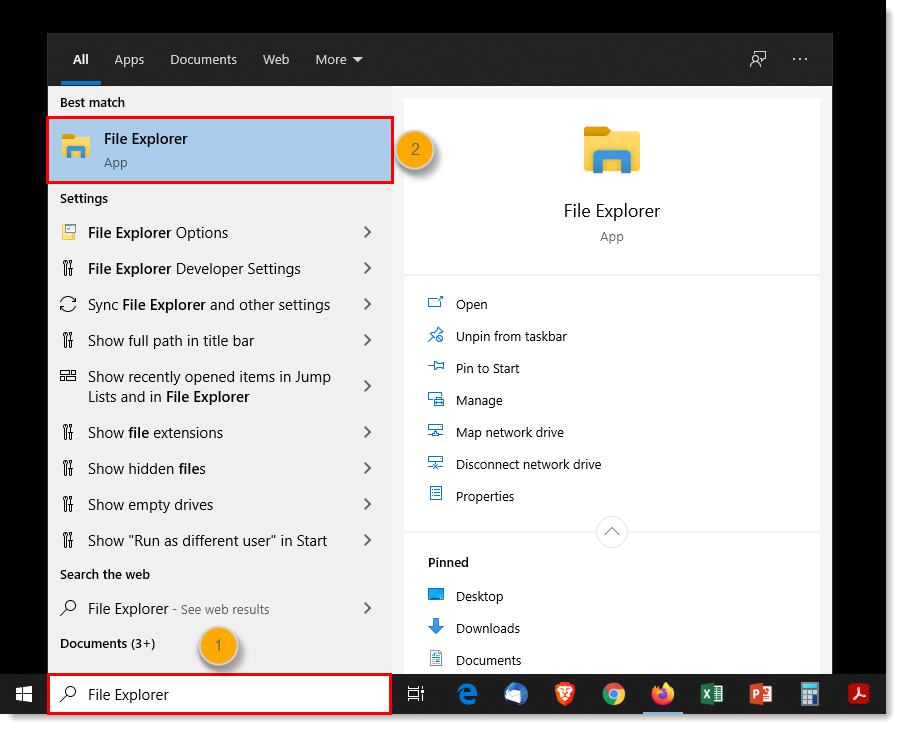

If you go to Finder > Applications and scroll through the apps, you’ll find Preview, an image viewing and editing app that comes with your Mac.
#Find image resolution measurement for png mac software#
Macs actually have a built-in image editing software that can resize images on your Mac. Sure, you can enlarge the image a teeny, tiny bit beyond this size, if you need to, but it’s best if you don’t.Let’s start with the basics. So, you could print this 1024px × 768px image at 300 DPI at a size of 3.4133″ × 2.56″ – any bigger than this, and you risk the image becoming pixellated. So, if you want to print an image that is 1024 × 768 (listed as Width=1024px, Height=768px on a PC), you need to divide each value by 300 to see how many inches you can print at 300 dpi. You’ll see values for the Width, Height, Horizontal Resolution and Vertical Resolution. These numbers show the number of pixels in the image (width x height)Ĭlick the “Summary” tab in the properties window. You should see a number like “1024 x 768” (some number x some number). Under the “More info” tab, look for Dimensions. Right-click (or control-click) on an image. How can I figure out the DPI of an image? The eye can start to see the individual pixels, and the edges become very jagged. The bigger we try to print the 300 pixel × 300 pixel image, the more pixellated it becomes. This sounds more complicated than it really is. If you’re going to print the document, you need to make sure the images are 300 DPI at 100% of the final output size. So, don’t be confused if someone refers to a 300 DPI image that is on screen, because pixels per inch (PPI) translate equally to dots per inch (DPI). If the document will stay on the screen (like a website), you just need to worry about screen resolution, so your images should be 72 PPI.Īn important note: Sometimes the terms DPI (print) and PPI (screen) are used interchangeably. 300 DPI is the standard print resolution for high resolution output. This means that that images should be a minimum of 300 dpi x 300 dpi or 90,000 dots per square inch to produce a high resolution print.How the two work togetherĭocuments begin on screen and either stay on screen, or they are printed. So, 300 DPI means that a printer will output 300 tiny dots of ink to fill every inch of the print. Print resolution is measured in dots per inch (or “DPI”) which means the number of dots of ink per inch that a printer deposits on a piece of paper. Increasing the DPI won’t make the image look any better, it’ll just make the file larger, which will probably slow down the website when it loads or the file when it opens. The optimal resolution for images on screen is 72 DPI. A monitor uses tiny pixels to assemble text and images on screen. Screen resolution is measured in pixels per inch (PPI). There are many kinds of resolution that can apply to film, television, etc., but the two types we are concerned with here are print resolution and screen resolution. In a lower resolution image, the fine differences in color disappear, edges become blurred, etc. Higher resolution images are crisper and more detailed. Image resolution describes the amount of detail an image holds. Get an accurate quote and rest easy.Ĭlients often ask "Is this image big enough?" or "Why doesn't the image print as clearly as I see it on the monitor?"


 0 kommentar(er)
0 kommentar(er)
